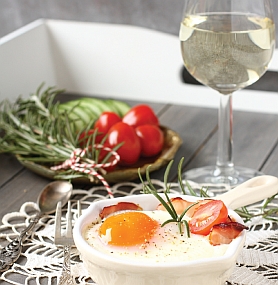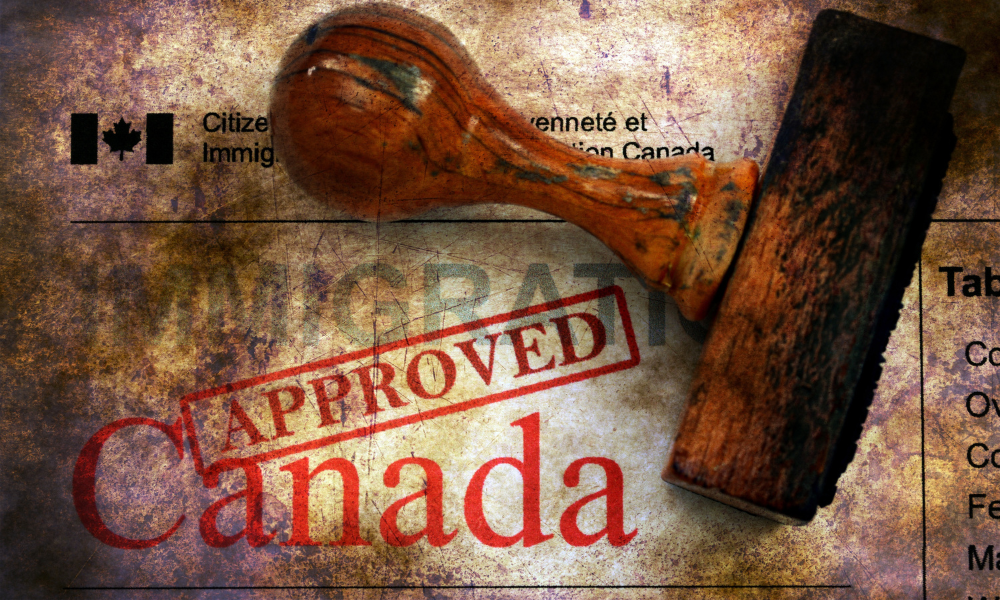(Disclaimer: The opinions expressed herein are not intended for those who choose to do their social drinking in doorways, stairwells or out of brown paper bag decanters.)
Champagne historically is the only alcoholic beverage you can drink at breakfast that won’t elicit sideways glances. Does this mean that all other wines – and spirits, for that matter – are verboten before lunch? Why should we not be able to enjoy a refreshing glass of Beaujolais to complement the bacon and eggs? Or a little Banyuls with the croissant and strawberry jam?
I am not suggesting that you need a belt of Bourbon to kick-start your heart in the morning, but a little alcohol with breakfast can be a restoring and invigorating experience. In the Cognac region, home of France’s longest-lived citizens, a farmer’s breakfast will start with a glass of orange juice mixed with cognac. And the Italians, whose zest for life is the envy of other nations, correct their morning espresso with grappa.
The champagne breakfast is an established gastronomic tradition, although a restaurateur friend of mine believes that champagne by itself is breakfast enough. But then he’s a Montrealer and probably subscribes to the rulebook of Alain de Vogüé, a former director of Veuve Clicquot. I once asked him when the best time to drink champagne was. His reply: “Before, during and after.” You fill in the blanks.
Only the British understand breakfast, even if they haven’t thought it through to its logical conclusion. Breakfast, first of all, has to be cooked. And it has to be substantial, large enough and varied enough to set you up for the rigors of the day. But it must also be digested (all that porridge, all those sausages, scrambled eggs, bacon, grilled tomato, kidneys, kippers, kedgeree …) Now the pH of wine, its measure of total acidity, is about the same as the pH of our stomach acid, which means that wine aids in the digestion process.
(A brief digression here. Most wines have a pH of between 2.9 and 3.9. The lower the pH, the more acidic the wine. Lemon juice – or, to give it its chemical name, 2-hydroxypropane-1,2,3-tricarboxylic acid – has a pH of 2. So if you believe in a hearty breakfast, think about serving some dry wine to help ward off indigestion and the ensuing heart burn. Incidentally, dry wines stimulate appetite. If you take several sniffs of a dry white wine you’ll find yourself salivating. The acid in the wine triggers this response, and you’ll feel hungry. So if you want your guests to eat your food, serve them a dry white wine or dry sherry before the meal. If, on the other hand, a horde of people descend on your home and you have no food ready, serve them a sweet wine, which will depress their appetite.)
In my younger days I courted a lady friend with breakfasts of kippers and champagne, and heaven knows those smoked herrings are hard to digest. (Incidentally, you need the driest champagne you can find, a Blanc de Blancs preferably, and if you really want to impress your partner, make it Salon or vintage Ployez-Jacquemart.)
Personally, I think it is a sin to mix champagne with orange juice or anything else — a blasphemy for which perpetrators will have to face the wrath of Dionysus come the day of judgment. However, if you are foolhardy enough to transgress in this direction you might try grapefruit juice instead or orange juice (more refreshing) or even mango or peach juice (more exotic). A warning, however: Don’t brush your teeth before you have a champagne breakfast. Colgate does nothing for Krug.
I asked Robin Mines, a wine writer colleague of mine from Vancouver, what alcoholic beverage she enjoys for breakfast. “If it’s a hair-of-the-dog type morning,” she offered, “Asti Spumante with the one I love. Clothes optional.”
Another wine writer friend, David Lawrason, is a fan of Moscato d’Asti for breakfast, because he says it goes well with grapefruit and is also low in alcohol. For those who are concerned about alcohol in the a.m., I have this advice: go for German Riesling from the Mosel. These wines can be as low as 7.5 per cent alcohol and they’ll wake up your taste buds like nothing else. Or you can use wine in preparing your breakfast. Heating wine or spirits drives off the alcohol and you’re left with the flavour.
The Burgundians make a dish I once tasted in Beaune at the insistence of Louis Trébuchet of the shippers Chartron et Trébuchet — eggs poached in Beaujolais. Once you got past the colour, they were delicious. I have also made French toast using Egg Nog instead of eggs and milk. Amazing.
Other fantastic wine-pairing possibilities include Silvaner with ham quiche, dry Muscat with fresh fruit, Gewurztraminer with bagels and lox, Pinot Blanc with a cheese omelet.
There are hundreds of potential combinations, so leave your options open. You never know what might work. Just remember, when it comes to lifting a glass of wine at 9 a.m., as Confucius says: “Somewhere in the world, the sun is over the yardarm.”
Tony Aspler is the author of 17 books on wine, including his latest, Canadian Wineries.





